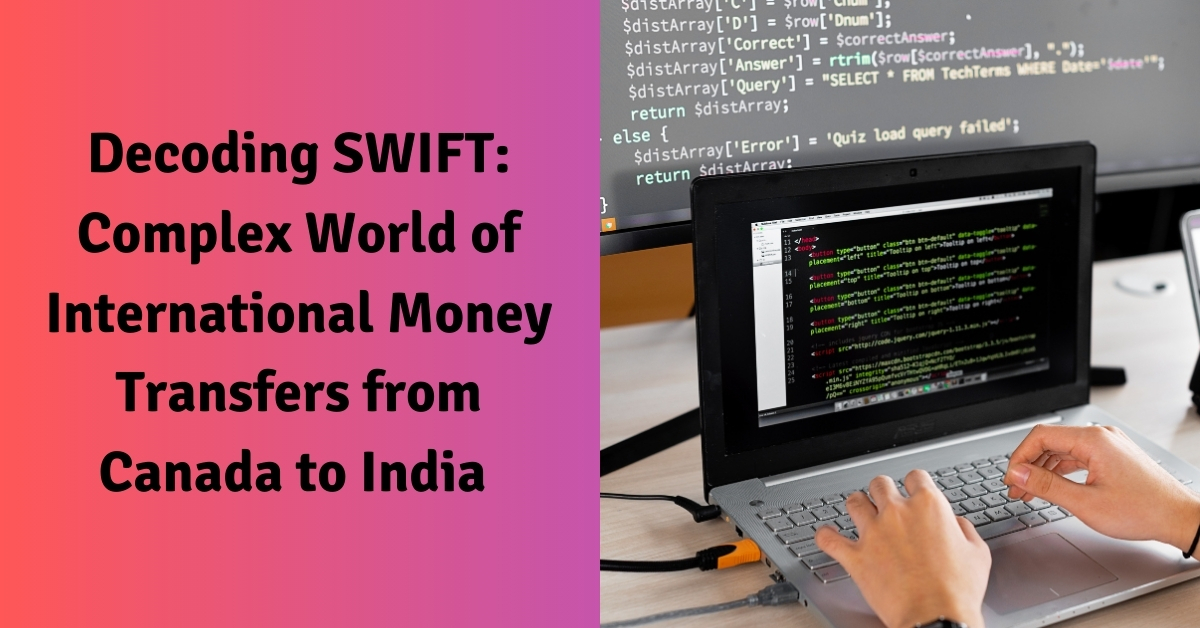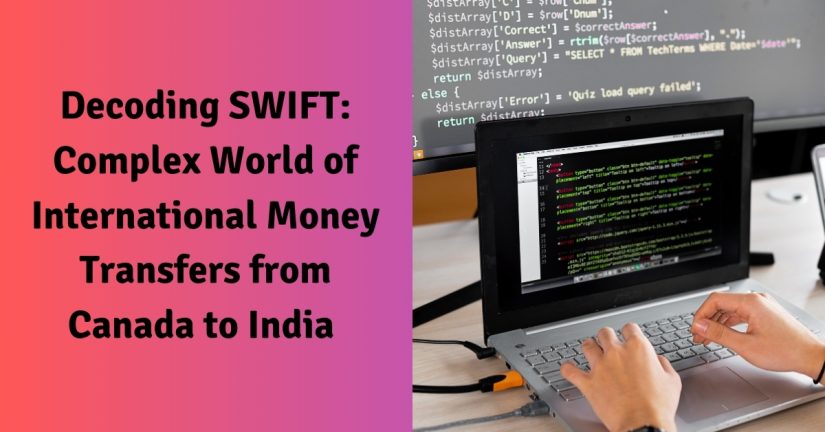
Transferring funds internationally can be a costly endeavor if not approached thoughtfully. Whether you’re aiding family members, covering tuition abroad, or finalizing business transactions, cross-border transfers frequently come with concealed charges and less favorable exchange rates.
Luckily, with some investigation and prudent choices, you can sidestep unnecessary expenditures and guarantee that your hard-earned money arrives at its destination securely and effectively. This manual offers actionable tips that will assist you in reducing the expenses of international transfers while also being safe and well-informed.
1. Evaluate Transfer Services
Not every money transfer service is alike. Conventional banks may provide the ease of existing accounts, but they often entail high charges and unfavorable exchange rates. Conversely, dedicated remittance companies usually deliver more appealing rates and quicker delivery times. Before settling on any provider, assess the overall cost of the transfer, factoring in transfer fees, exchange rates, and delivery periods.
If you, for instance, need to transfer funds from Canada to the Philippines, choose a service that provides advantageous rates, minimal charges, and dependable delivery. Some platforms even allow you to secure an exchange rate prior to completing the transfer, safeguarding your funds against currency fluctuations.
Moreover, it’s beneficial to check reviews and user experiences on independent platforms like Trustpilot or Reddit forums. Genuine user feedback can yield insights that surpass marketing assertions—such as whether a service is prone to delays or hidden charges not revealed beforehand. Experiment with several platforms using small trial transfers before committing larger amounts.
2. Be Mindful of Exchange Rates
The exchange rate margin represents one of the largest concealed costs when executing international transfers, inflating real exchange rates for profit and turning even minor differences into significant expenses for you when sending larger sums overseas. Utilize a reliable currency comparison tool like Currency Compare to swiftly check mid-market rates and understand what share of your money genuinely arrives at its destination.
Choosing a provider with clear, near-market exchange rates could lead to substantial long-term savings.
Additionally, always remain vigilant for promotional rates or loyalty initiatives. Some providers extend special rates to regular users, particularly during holidays or certain seasons. For instance, services often launch campaigns offering fee waivers or improved rates for expatriates remitting money home during the holidays. Subscribing to newsletters or app alerts can notify you of these chances and enable you to act promptly.
3. Utilize Digital Transfer Platforms
The internet-based money transfer service has transformed the way we send money internationally. They are generally much more effective, secure, and economical compared to traditional methods. Companies like Ria Money Transfer provide streamlined digital solutions that let you transfer money easily from your smartphone or computer. With user-friendly applications, real-time tracking, and robust encryption, these platforms are not only effective but also reliable.
Additionally, digital platforms often feature reduced overhead costs, enabling them to offer greater savings to customers through lowered fees and enhanced exchange rates. Another significant benefit is accessibility—many digital platforms provide 24/7 support, multilingual interfaces, and customer service in various time zones. This is vital for global users who may require assistance beyond regular business hours. Some services also provide cash pickup or mobile wallet transfers, which can be especially advantageous in locations where banking access is limited.
4. Avoid Credit Card Payments
While using a credit card to fund an international transfer may seem appealing, it can be costly. Providers incur extra processing fees for transactions made via credit cards, while the issuer may treat it as a cash advance, leading to higher interest rates with no grace period for you.
Instead, pay for your transfers using direct bank transfers or debit card payments, which usually involve lower costs and can be processed more swiftly. Also, consider utilizing Automated Clearing House (ACH) transfers or SEPA transfers (within the EU), which tend to be more affordable. These bank-to-bank alternatives
